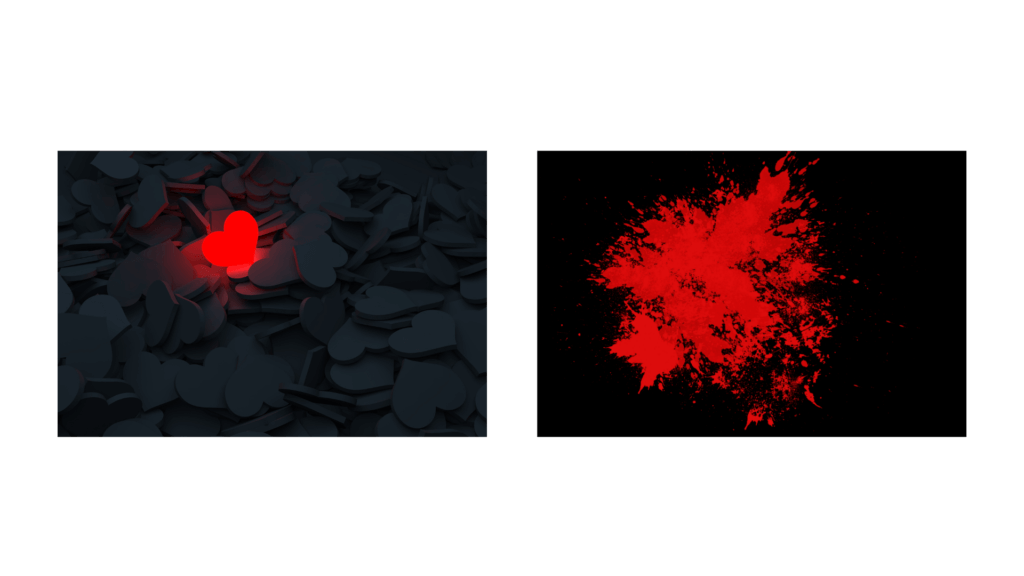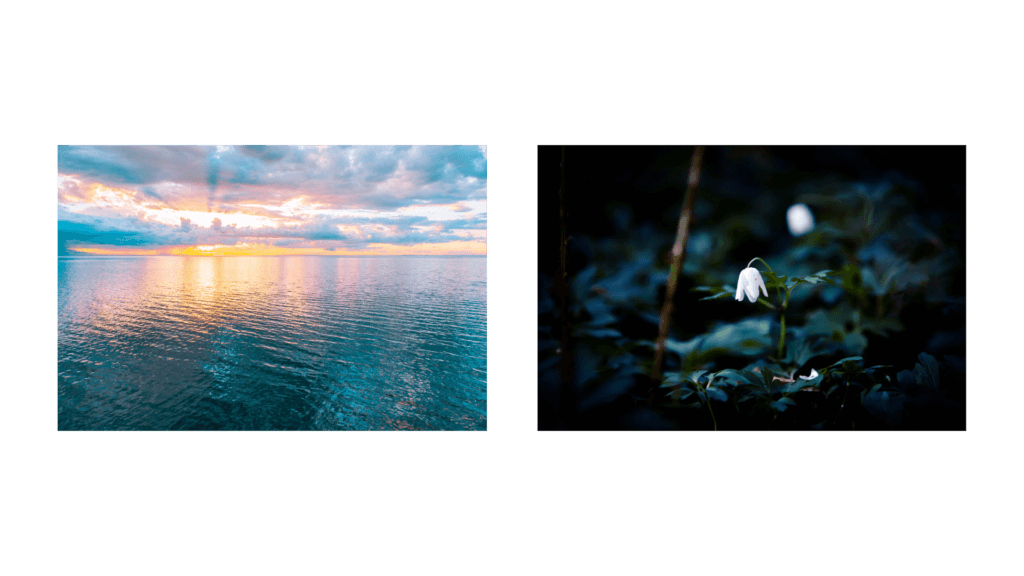Color has a very important role in a work of art. Depending on what colors are used in a work, certain emotions can be conveyed by the artist for his/her viewers and collectors to see. Color encourages people to further comprehend the subject. With each brushstroke and splatter, colors are there to emphasize an underlying meaning. Let us look at the primary colors, and what psychological aspects and ideas they embody in the world of fine arts.
Red
Red is a striking color. It is often used to show a range of emotions, from love to war and revenge. It emboldens scenes of violent tragedies, great loves, fury, and heat; we often see it during Valentine’s celebration with red cards, roses, and hearts. It is also the color of blood, thus its violent connotations as well.

Yellow
Yellow is the color of happiness. The brightness of the hue pulls focus as red does. It is often related to sunshine, the summer, vibrancy, and youth. However, when desaturated it can become a symbol of the passing of time, decay, as in the falling leaves of trees.

Blue
Blue usually adds a sense of calm to a work. It is associated with security and elegance; it is one of the most used colors for serious occasions in the west. On the other hand, it can also express feelings of sadness and solitude. A good example of this is Pablo Picasso’s Blue Period paintings, in which he depicted scenes of hardship and loss.

We will continue in our next post with a set of different colors. Feel free to ask us about color harmonies and their meanings when visiting our gallery, so we can help you choose what will best benefit the space and environment you are trying to create.




